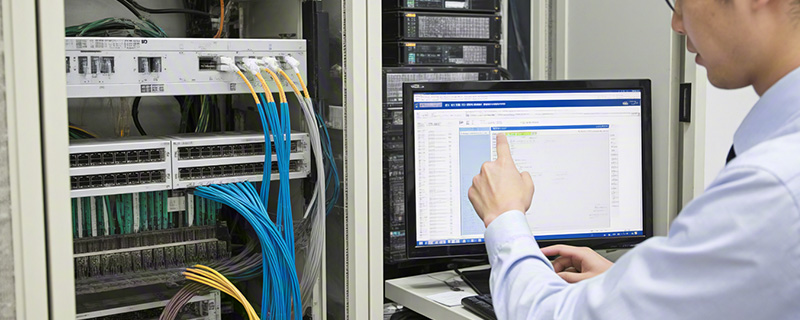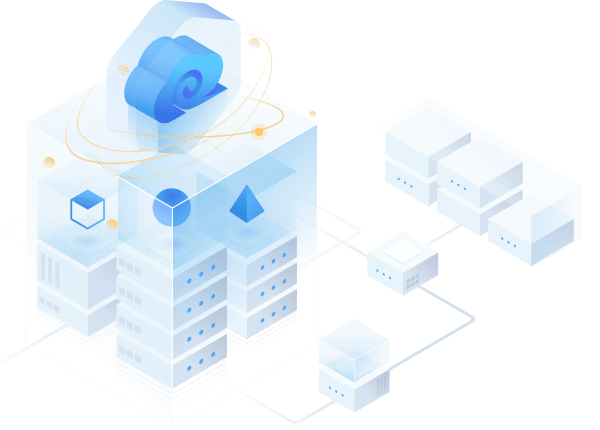DDI Solutions for Education
We help educational institutions build a next-generation network infrastructure that is secure, intelligent, and efficient. By aligning network technology with real-world teaching and learning needs, we provide the robust digital backbone required for Smart Education.




